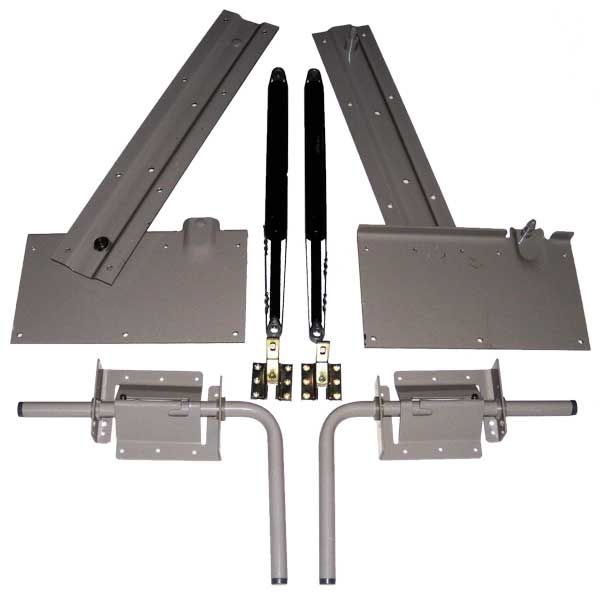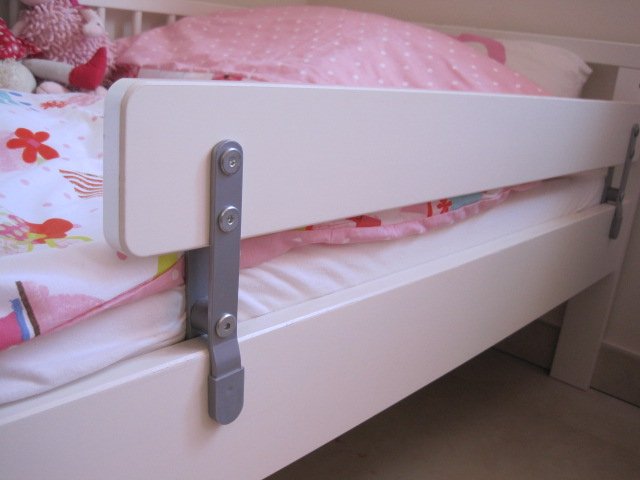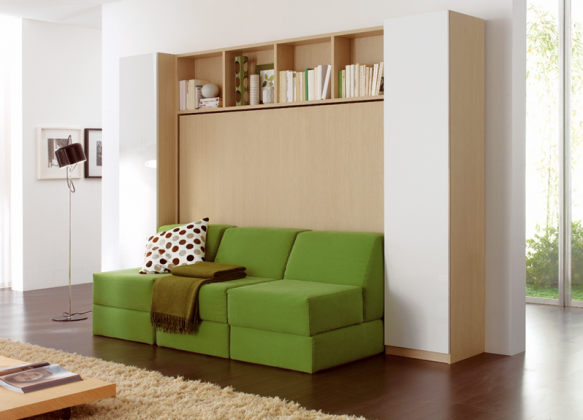DIY pattern swagger: a master class for beginners
It is difficult to imagine a beautiful high-grade interior without ideally suitable curtains. The market offers such a wide selection of types and colors of window decoration that you can easily get lost in it. Someone resorts to the help of designers, and someone copes on their own. In the second case, you can pay attention to such a detail as a Swag. Such curtains can be made independently, the main thing is to stock up with expert advice.
Beautifully decorated window openings can give even the most trivial interior charm and exquisite appearance.
Fine curtains are not only the decoration of the room, they help to create a cozy atmosphere that allows you to relax and unwind after an active day.
Content
What is swag?
Those who first encountered the process of choosing new curtains often wonder, “What is a swag?”. Swag is one of the elements that can be used to decorate the curtains, namely the addition to the pelmet (its upper part), it is draped in a special way. It looks like a semicircle on which the folds are located. It consists of the head and shoulders (some call them wings).
Curtains can look like a real work of art if swagis are used to create them.
The depth is the degree of its sagging, the length is the length that this element occupies on the eaves. Next is the middle part - the middle of the cornice. The shoulder is part of the drape with folds and other fabrics. Even during the preparation of the pattern, the concept of “slack” (three times the name - “depth”) is encountered, this is the length by which the lower part can descend from the upper one. Usually, the difficulty is to put them right, but if everything is done correctly, they will become a real highlight in the style of your room.
If you present exquisite expensive curtains, then most likely they will be decorated with lambrequin with svagami.
Swag is used as a decorative component when sewing elegant and luxurious curtains.
Types: what are?
Equilateral swag
Usually it is used if there are other elements of the decor on the curtains, as it does not overload the composition and looks symmetrical, its shoulders are the same.
Swag is used to decorate the window opening.
In order to speed up the sewing process, you can use the finished pattern. The list of main parameters that must be considered when sewing a swag with equal parties:
- Middle;
- Shoulder;
- Depth;
- The length of the lower sag.
It is part of the horizontal soft lambrequin, which is designed to give the curtains a refined and sophisticated appearance.
Asymmetrical swag
This type of shoulders will be different: one is wider and the other narrower.
Despite the fact that the swag are considered an integral element of the classical style, this does not mean that they are not used in other stylistic directions.
We describe how to cut with calculate the parameters of the swag. To build this element, you can choose a fabric of size 140 * 140, then divide this segment with chalk into two halves diagonally.After that, in both directions you need to draw lines that will be equal to half the length of the element, we do it perpendicularly. At the ends of the resulting line we put the point number 1 and the point number 2.
Proper selection of colors and textures will help to revitalize the room, decorated in the style of Modern and even High-tech, bringing their share of the avant-garde.
Important! Be sure to take into account allowances, then to process the edges (approximately 05, - 1 cm).
At an angle of 15 degrees from points 1 and 2, you need to postpone the segments that are the same length as the shoulder of the swag (if you do not trust your eye, use a protractor). At the ends of the segment you need to put the point number 3 and point number 4.
"Swag" in translation from English means "garland" or "ornament in the form of leaves."
On the diagonal itself you need to cancel the sag depth (let it be marked as point A), connect points A and 3, as well as points A and 4 with an arc. The pattern is ready.
Swag do-it-yourself: how to make patterns? Step by step description
Sewing this item is a rather complicated and multifaceted process. To master the art of sewing and become a professional in this, it may take a lot of time, but for beginning seamstresses and lovers there are simpler methods with which you can sew a curtain.
It is made in the form of a semicircle, loosely sagging, and consists of beautiful draped folds.
You should not be afraid, because according to the instructions of this easy method everyone can sew such curtains. The whole point is that you can sew not only a classic swag, but also more simple to make - mechanical. Its peculiarity is that folds can be done not manually, but by resorting to tricks and using an assembly band, or you can meet such a name as curtain tape. With this, it is almost impossible to distinguish such an option from what was manually created. Therefore, this alternative is not inferior to the classical method. So, a small master class on making an equilateral swag.
In one lambrequin, several swags can be used at the same time, which are located as if overlapping each other.
Often between them it is necessary to sew an additional decorative element that will fill the resulting space.
Options:
Standardly, these elements are sewn with a height of 35 cm and a width of 60. These dimensions may vary slightly, depending on the size of the window and the desired effect. We will be on the following parameters:
- length 90 cm;
- depth 45 cm;
- 140 cm lower sag
Svagi do not always have the same width, for example, the central element may be smaller than the side parts.
From these measurements it turns out that:
A - half (its middle) - 15cm
B - depth - 45 cm
B - shoulder - 30cm
G - half of the lower sagging - 70cm
Being at different heights from the eaves, they form a two-level composition.
What size will your swag, you can decide for yourself, slightly by editing patterns.
Create patterns to stitch swags
The first step is to build an angle with vertex (1). From it to the right you need to postpone the segment, which will be equal to half the middle + 3 cm for processing. It turns out 18 cm. The second end of this segment will be the point number 4. Further, we also measure a segment from point No. 1, the length of which will be equal to the depth parameter multiplied by k, where k is 2 - 2.5.
Creating a swag is quite troublesome and painstaking work, but there are easier and simpler options, for example, "shell".
Additional Information! This indicator depends on the chosen fabric: if we work with a dry fabric that is tough enough for draping, then it is better that this indicator be 2. But if the fabric is soft and easy to drape, then it is better that in this case k was 2 ,five.
Even a beginning master can do this drape. He received a similar name due to the similarity with the sea shell.
Next step: draw a circle from point two. Instead of a compass, you can use a thread by attaching it to point No. 1.After that, on the resulting arc from point number 2 mark point number 3. it should be in half of the lower sag, and, of course, do not forget about an additional 3 cm for processing. We connect the points №3 and №4 with each other with a straight line, and the angle, which is obtained at point 4, will be slightly rounded. As a result of the work done, we get a figure (1-2-3-4) - it will be the basis of our pattern. We will do the mounting of the mounting tape along the line 1-4-3, and the coupler at section 4-3. The middle (1-4) is not tightened, but only processed.
There are several variations of this element for decorating window openings, each of which has its own peculiarity and is characterized by distinctive features.
Usually this element is sewn on the lining, but using a soft fabric, you can do without it. So, we have half the pattern ready.
Svagi come in a variety of designs, including two-tier.
Additional Information! In this case, you can cut at an angle of 45 degrees, and you can along the warp, it is even more convenient.
This view is located in the horizontal plane relative to the entire curtain fabric at the same height.
When you start sewing, handle the side that lies between points 2 and 3, using a slanting bike or a double bend. For those sides, which will be sewn curtain tape (1-4-3), seam allowance is turned inside out, and then ironed. From the seamy side we do the inflow of the curtain tape. Shrink side 4-3, and leave the middle (1-4) not tightened. Now the pattern is ready!
In such a model can also be asymmetrically laid hangers.
With the transition to de Jabot
Curtains can be made even more unusual and original, if you use the technique of transition to de jabot. This option can replace two components of lambrequin at once, besides, it allows to avoid primitive and boring design solutions.
Due to the presence of such an element, you can create decorative patterns of curtains, giving the room elegance and elegance.
Accordingly, the pattern will consist of two parts: the swag pattern, which will be attached to the de jabot pattern. So let's get started.
It is necessary to choose the material for such an element with particular care, since the whole appearance of the resulting composition depends on it.
- We build swag pattern. In the previous paragraphs, we have already considered how to make a pattern for an asymmetric and ordinary element.
- Attach to this pattern element de Jabot. How to make a pattern for him? We look further.
- On the perpendicular to the fold of the fabric aV from point G1 we note the distance G1D, it will be equal to the length of the finished de jabot element along the ledge, taking into account the folds.
- From point D we draw a perpendicular to the line G1D and measure the height of the de Jabot on it (in the figure this is the point DD1)
- It remains only to draw a line of slack.
If you are trying to make the folds of the swag different softness, then opt for the matter, which is easily draped.
Pattern swag with the transition to de Jabot ready!
Conclusion
Such curtains really can significantly diversify the interior. Many housewives say that swag give a fresh effect in the room, adding to it the freshness, novelty and singularity. Someone notes that they are convenient for the decoration of the room, for example, it is convenient to attach Christmas decorations to them. In general, this can be not only an aesthetic addition to the decor in the room, but also a functional element for additional decoration of the apartment.
If the curtains are sewn of tulle, this will create a romantic atmosphere in the room.
VIDEO: How to lay an asymmetric swag.






